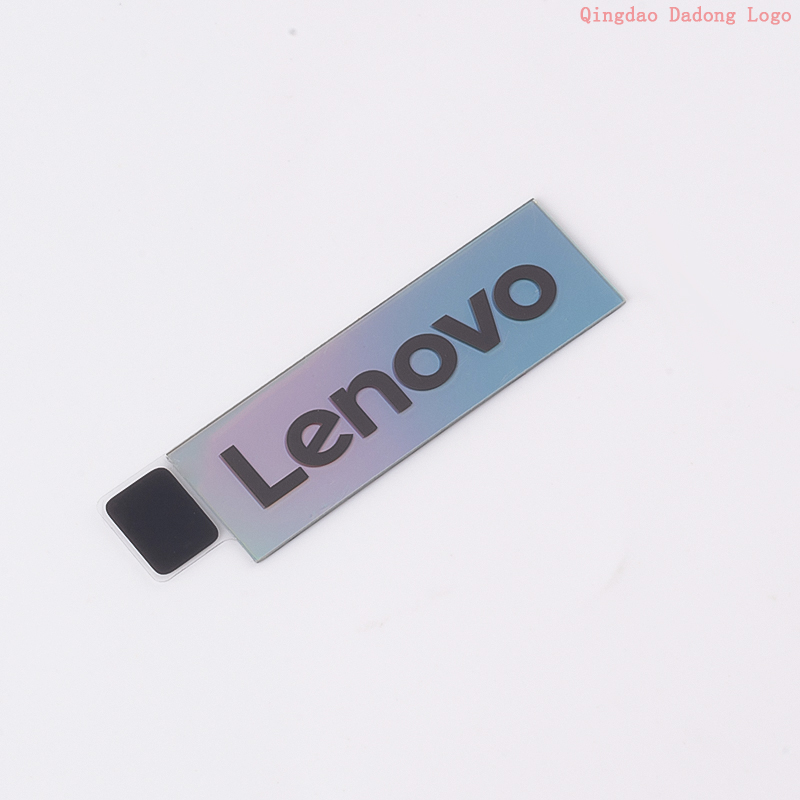NEWS
What are the differences between stainless steel nameplates and aluminum nameplates?
Writer:admin Time:2023-06-07 10:39 Browse:℃
Signs can be seen everywhere in our daily lives, such as metal signs on household appliances, electronic digital products, car keys, phone cases, and other products. However, these metal signs also vary, with the most common being different materials. In the production of metal signs, the most commonly used materials include stainless steel, aluminum alloy, pure nickel metal, zinc alloy, and so on
1、 Characteristics of stainless steel nameplate:
1). Stainless steel signs are generally made of 304 stainless steel, and the production process is corrosion (also known as etching). Under the conditions of exquisite modern surface styles and extremely high precision requirements, the most commonly used process for the production of stainless steel signs is etching. The surface produced by etching has a three-dimensional sense of concavity and convexity, a flat and smooth surface without burrs, and high precision.
2). 304 stainless steel material has a stable chemical reaction structure, and stainless steel material has characteristics such as high temperature resistance, acid and alkali resistance, corrosion resistance, and oxidation resistance. Due to the influence of its chemical structure, compared to aluminum, stainless steel has a stable chemical structure. Under the same conditions and environment, stainless steel is less prone to oxidation, rust, and deformation. Therefore, many users who require long-term storage of signs in outdoor environments exposed to rainwater or damp, cold, and high temperatures choose to use stainless steel materials. In short, the biggest feature of stainless steel signs is their durability and resistance to deformation.

2、 The characteristics of aluminum signage:
1). In terms of signage production process, the production of aluminum signage is much simpler and more convenient compared to the production process of stainless steel signage. It only needs to electrolyze aluminum and cryolite to produce it. Aluminum material has a much lower density compared to stainless steel material, so compared to stainless steel signage, aluminum signage is lighter in weight than stainless steel signage.
2). In addition, the chemical structure of aluminum material is not very stable, and its corrosion and oxidation resistance ability is weak. Due to its low chemical structure density and light weight, aluminum labels are prone to deformation during use.
3、 Comparison of advantages and disadvantages between stainless steel nameplate and aluminum nameplate
1). Stainless steel nameplate: It has a stable structure, is sturdy and durable, is not easy to deform, is corrosion-resistant, acid-base resistant, has strong antioxidant capacity, and is not easy to rust.
2). Aluminum signs: light weight, unstable structure, easy to deform and rust, poor antioxidant ability, and easy to corrode.
3). The stainless steel material has a strong concave and convex three-dimensional sense, and the surface style looks high-end, commonly used for decoration of high value-added products.
4). Compared to stainless steel plate, aluminum plate is relatively cheaper, and because the production process of aluminum signs is relatively simple and fast, the production process without stainless steel signs is cumbersome, so the production cost is also lower.
CATEGORIES
LATEST NEWS
CONTACT US
WhatsApp: +8615806503075
Tel: +8615806503075
Email: percy@dadonglogo.com
Addr: 7 Tonghe Road, Pingdu, Qingdao
